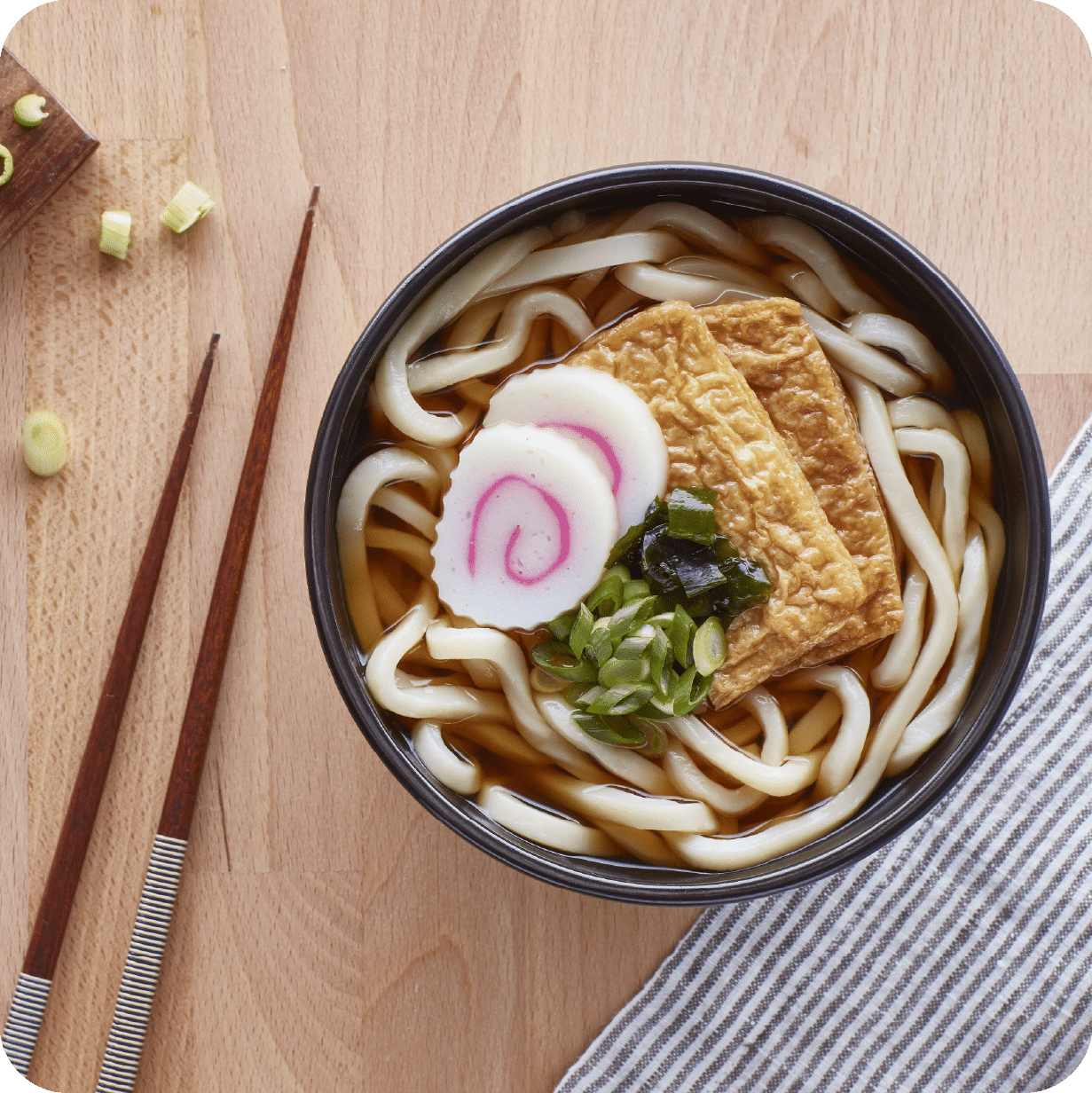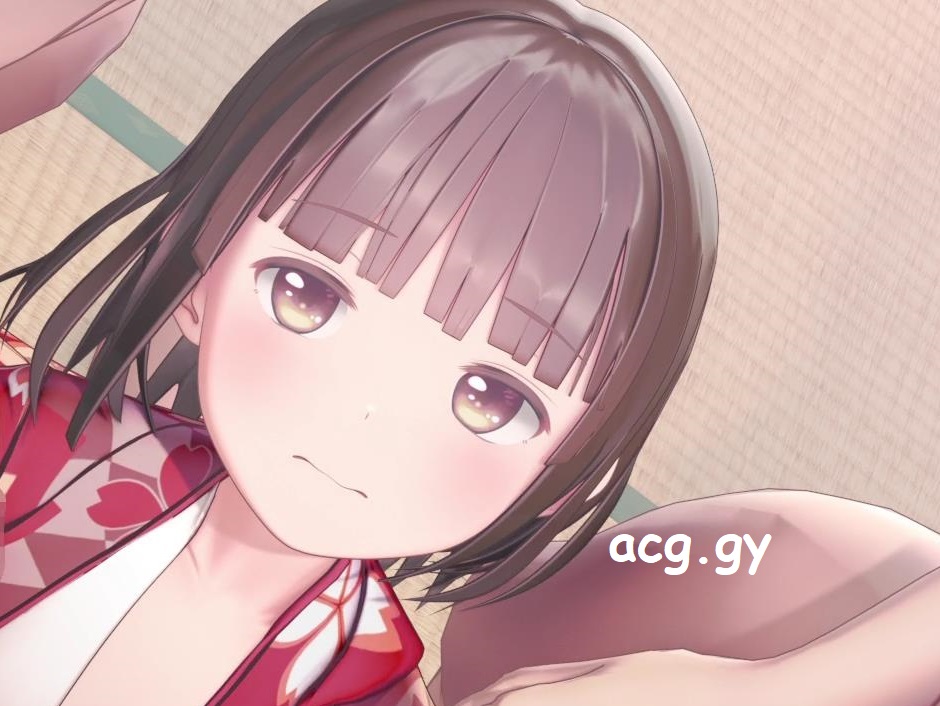Custom udon is more than just a type of noodle; it's a cultural experience that combines tradition with modern creativity. This versatile dish has captivated food enthusiasts worldwide, offering endless possibilities for customization and experimentation. Whether you're a seasoned chef or a casual diner, custom udon opens the door to a world of flavors and textures that cater to every palate.
Udon noodles, originally from Japan, have gained immense popularity globally due to their rich history and adaptability. The ability to customize udon dishes makes them a favorite among those who love to explore new culinary horizons. From the type of broth to the choice of toppings, each element can be tailored to suit individual preferences, making every bowl unique.
This article delves deep into the realm of custom udon, exploring its origins, preparation methods, popular variations, nutritional benefits, and much more. Whether you're looking to create your perfect bowl at home or seeking recommendations for the best udon restaurants, this comprehensive guide has everything you need to know about custom udon.
Read also:Latest Tomtechblog Exploring The Cuttingedge World Of Technology
Table of Contents
- The History of Udon
- Customizing Your Udon Experience
- How to Prepare Custom Udon
- Popular Variations of Udon
- Nutritional Benefits of Custom Udon
- Tips for Making Perfect Custom Udon
- Best Restaurants for Custom Udon
- Delicious Custom Udon Recipes
- Cultural Significance of Udon
- The Future of Custom Udon
The History of Udon
Udon's origins trace back to ancient Japan, where it was first introduced during the Nara period (710-794). Historians believe that Buddhist monks brought the technique of making wheat noodles from China, which eventually evolved into what we now know as udon. Over the centuries, udon became an integral part of Japanese cuisine, with each region developing its unique style and flavors.
Regional Differences in Udon
While udon is enjoyed throughout Japan, regional variations add diversity to this beloved dish. For instance:
- Kishimen: Flat noodles originating from the Aichi Prefecture.
- Sanuki Udon: Firm and chewy noodles from Kagawa Prefecture, considered the finest quality.
- Tsukemen: A modern twist where udon is served with a dipping sauce.
These regional differences highlight the adaptability and cultural significance of udon, making it a staple in Japanese households and restaurants alike.
Customizing Your Udon Experience
One of the most appealing aspects of custom udon is the ability to tailor every element of the dish to suit your taste. From choosing the noodle texture to selecting the perfect broth and toppings, the customization options are virtually limitless.
Choosing the Right Noodle
Udon noodles come in various thicknesses and textures. Some prefer thick, chewy noodles, while others enjoy thinner, softer varieties. Understanding the differences can help you create the perfect base for your custom udon bowl.
Selecting Broth and Toppings
When it comes to broth, the choices range from traditional dashi-based soups to creamy, spicy alternatives. Popular toppings include:
Read also:Carl Denz The Visionary Entrepreneur And His Remarkable Journey
- Green onions
- Tofu
- Tempura bits
- Soft-boiled eggs
Experimenting with these elements allows you to craft a custom udon experience that reflects your personal preferences.
How to Prepare Custom Udon
Making custom udon at home is easier than you might think. With a few key ingredients and some basic cooking skills, you can enjoy restaurant-quality udon in the comfort of your own kitchen.
Basic Ingredients
To prepare custom udon, you'll need:
- Udon noodles (fresh or dried)
- Dashi broth or chicken stock
- Soy sauce
- Mirin
- Garnishes of your choice
Step-by-Step Guide
Follow these steps to create a delicious custom udon dish:
- Boil the udon noodles according to package instructions.
- Prepare your chosen broth by combining dashi, soy sauce, and mirin.
- Add the cooked noodles to the broth and heat gently.
- Garnish with your favorite toppings and serve hot.
Popular Variations of Udon
While traditional udon remains a favorite, modern interpretations have expanded the dish's appeal. Here are some popular variations:
Kake Udon
A simple yet satisfying dish featuring hot udon noodles served in a light dashi broth, often garnished with green onions.
Cold Zaru Udon
Perfect for summer, this variation serves chilled udon noodles on a bamboo mat with a dipping sauce made from soy sauce, dashi, and mirin.
Curry Udon
A rich and flavorful option, curry udon combines the comforting warmth of curry with the satisfaction of chewy noodles, creating a dish that's both hearty and delicious.
Nutritional Benefits of Custom Udon
Custom udon offers several nutritional advantages, making it a healthy choice for those seeking balanced meals. Udon noodles are primarily made from wheat flour, providing carbohydrates for energy. When paired with nutrient-rich ingredients like vegetables, tofu, and lean proteins, custom udon becomes a well-rounded meal.
Healthier Custom Udon Options
To maximize the nutritional benefits of your custom udon, consider:
- Using whole wheat or buckwheat noodles for added fiber.
- Incorporating a variety of vegetables for vitamins and minerals.
- Opting for low-sodium broths to reduce salt intake.
These adjustments can transform custom udon into a nutritious and satisfying dish.
Tips for Making Perfect Custom Udon
Creating the perfect custom udon requires attention to detail and a bit of practice. Here are some tips to help you achieve the best results:
- Ensure the noodles are cooked al dente for optimal texture.
- Adjust the broth's seasoning to complement the toppings.
- Experiment with different garnishes to enhance flavor and presentation.
By following these guidelines, you can elevate your custom udon experience and impress your guests with your culinary skills.
Best Restaurants for Custom Udon
For those who prefer to dine out, numerous restaurants specialize in custom udon dishes. These establishments offer a wide range of options, from classic recipes to innovative creations. Some notable mentions include:
Ichiran Ramen (Tokyo, Japan)
While primarily known for ramen, Ichiran also offers exceptional custom udon dishes, allowing customers to personalize their meals according to their preferences.
The Noodle House (New York, USA)
This popular eatery serves a variety of custom udon options, featuring fresh ingredients and authentic flavors that cater to both local and international tastes.
Delicious Custom Udon Recipes
Here are two easy-to-follow recipes to inspire your custom udon creations:
Spicy Miso Udon
Ingredients:
- 200g udon noodles
- 2 cups vegetable broth
- 2 tbsp miso paste
- 1 tbsp chili oil
- 1 clove garlic, minced
- 1 tsp grated ginger
- Green onions and tofu for garnish
Instructions:
- Boil the udon noodles and set aside.
- In a saucepan, combine vegetable broth, miso paste, chili oil, garlic, and ginger. Heat gently until the miso dissolves.
- Add the cooked noodles to the broth and simmer for 5 minutes.
- Garnish with green onions and tofu before serving.
Creamy Mushroom Udon
Ingredients:
- 200g udon noodles
- 2 cups creamy mushroom soup
- 1 cup mixed mushrooms, sliced
- 1 tbsp butter
- 1 clove garlic, minced
- Fresh parsley for garnish
Instructions:
- Cook the udon noodles as directed and keep warm.
- In a pan, melt butter and sauté garlic and mushrooms until tender.
- Stir in the creamy mushroom soup and heat until warm.
- Add the cooked noodles to the soup and toss gently.
- Garnish with fresh parsley before serving.
Cultural Significance of Udon
Udon plays a significant role in Japanese culture, symbolizing comfort, tradition, and community. It is often served during festivals and family gatherings, bringing people together through shared meals. The art of customizing udon reflects Japan's respect for individuality and creativity within its culinary traditions.
The Future of Custom Udon
As global interest in Japanese cuisine continues to grow, custom udon is poised to become even more popular. Innovations in preparation methods, ingredient sourcing, and presentation will likely shape the future of this beloved dish. By embracing both tradition and modernity, custom udon will remain a timeless favorite for generations to come.
Conclusion
In summary, custom udon offers a delightful culinary experience that combines tradition with personalization. From its rich history to its diverse variations, this dish continues to captivate food lovers worldwide. By understanding the key elements of custom udon, you can create memorable meals that cater to your unique tastes.
We encourage you to try making custom udon at home or visit a nearby restaurant to explore its many possibilities. Share your thoughts and experiences in the comments below, and don't forget to explore other articles on our site for more exciting culinary insights!


